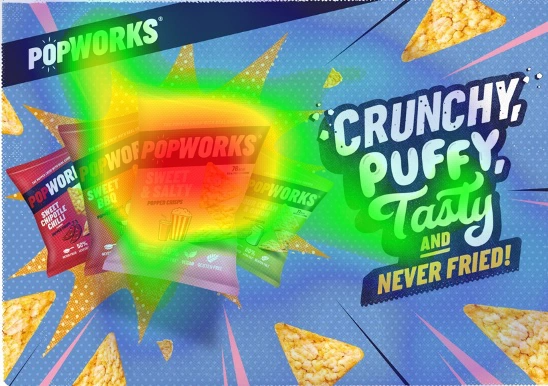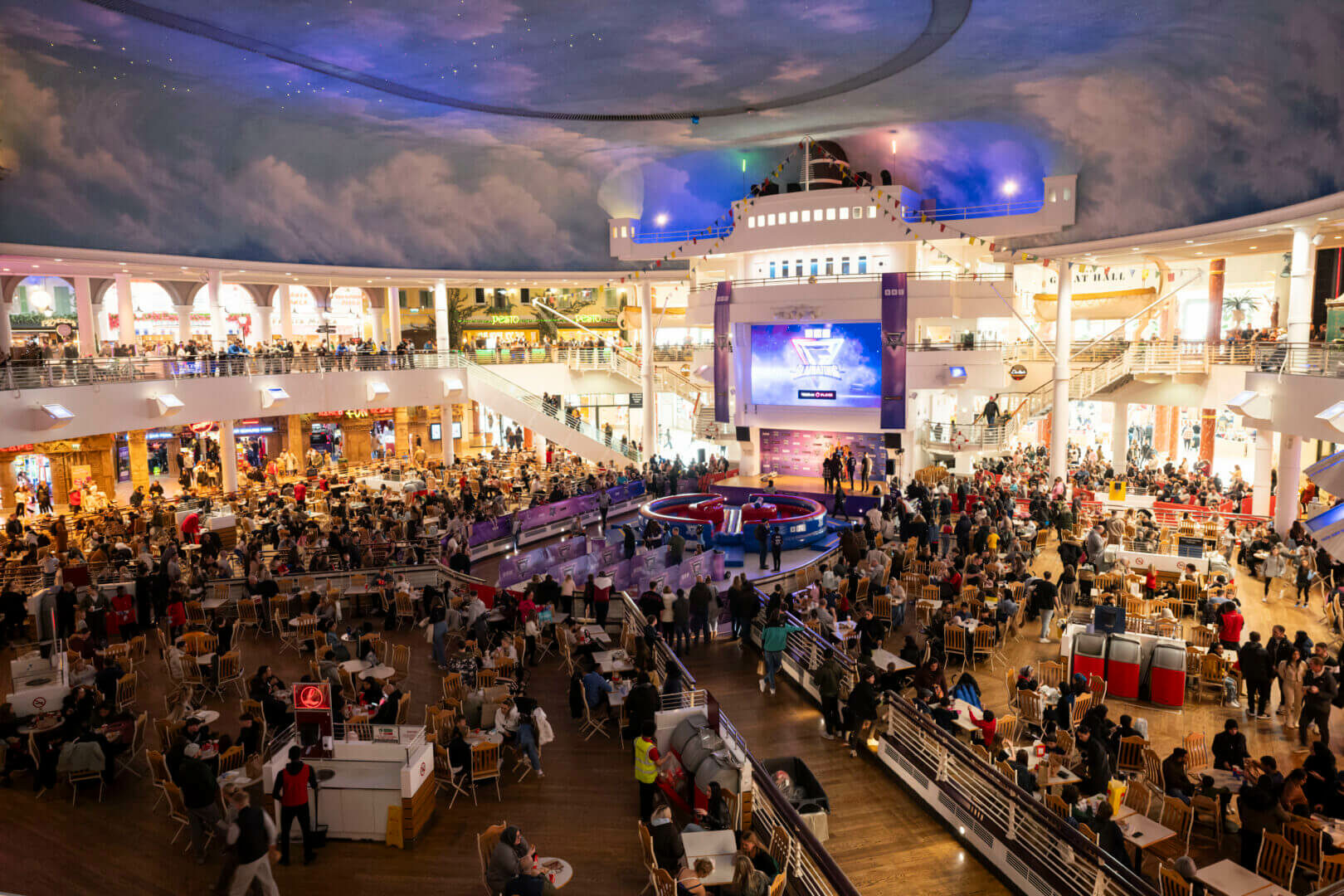Talon’s 20-20 vision for OOH in 2020
The last year has been a strong one for the Out of Home industry and 2020 promises continued growth and transformation in a sector that has added quality, relevance, creativity, data and technology to its offering. It remains a reach medium with its unique ability to stand out in a fragmenting media sector. It offers action, evidence, context and content as it adapts to change, remaining relevant, unique and trusted.
Six key areas hold the key to change and evolution in 2020:
- Rise of DOOH
- OOH growth and media owner consolidation
- Integration of channels
- Advances in data and evidence affecting planning and outcomes
- The scaling of technology
- The reaction to the need of consumers for immersive experiences
1. The rise of DOOH
Driven by continued media owner investment and better cross-media integration, digital now achieves 76% two-weekly reach and makes up half of industry revenue. A genuinely national proposition, with over 11,000 screens across the UK, the ability to combine multiple and full-motion formats has helped to double OOH effectiveness.
Digital will unquestionably continue to grow, with continued media owner investment such as Ocean Outdoor’s recent acquisition of digital OOH group Visual Art Media, demonstrating their belief in the power of the medium. Add in the improved reach, effectiveness, capability and better measurement that digital gives us, over the next year the channel will continue to push the boundaries.
2. OOH growth and consolidation
OOH is growing rapidly, with a landmark rise to 1.3bn in 2019. The channel is moving from strength to strength with continued growth expected in 2020, an expected 3% increase for OOH and 11% increase for DOOH.
Naturally the backdrop to these increases is one of strong investment, integrated media planning and reach. As the OOH market begins to consolidate and many media owners and specialists expand globally, there is potential for further business consolidation. This process has already begun with Global’s recent acquisitions and the strong players that are emerging will be able to challenge the media marketplace more effectively, whilst maintaining strong OOH investment. Further franchise wins will be driven by digital commitments, but the industry will still need experts to navigate the multifaceted nuances of the evolving OOH marketplace.
3. Integration of channels
During 2019 we saw the impact of integrating channels to create a stronger advertising ecosystem, particularly reflecting some of the proactive and collaborative initiatives instigated by Talon. These include 4th Space showcasing the effect of full-motion OOH working with social and driving strong action and awareness results, reinforced by Facebook’s own research. Furthermore, our TV and OOH initiative targeting a shortfall in reaching younger audiences and driving impacts, demonstrates OOH’s ability to reach light TV users.
Ultimately, the integration of OOH with TV, social and digital channels will be a strong trend in 2020. As reach of digital OOH grows with full motion capability and through scalable content opportunities, OOH can look to offer stronger support for other mediums.
4. Advances in data and evidence
The past year was about identifying relevant data sources and showing how we can link location planning, data and outcomes. Next year will be about refining those processes so they become the norm in data-led planning, demonstrating real and measurable outcomes via KPIs. We’re seeing a real integration of data around measurement, brand objectives and consumer change, pushing OOH to the forefront of accountability. For example, our intelligent audience targeting platform Ada, allows us to activate first party customer data or create custom audience segments based on actual behaviours rather than purely demographics, creating smarter campaigns with stronger results.
This significant drive towards the evidence economy and this will continue to strengthen throughout 2020 alongside the impact of audience reach, smart planning and activation across integrated media solutions realised.
5. Technology scaled
Technology has very much arrived in OOH, but 2020 is about actioning, collaborating and scaling to drive a difference. Technology will continue to impact OOH, making it more relevant to brands, driving ease of booking and demonstrating trust and accountability for both brands and consumers.
Whilst automation may be part of this driving efficiencies across the board in terms of open collaboration, smart use of location data and ad exchange development, it alone won’t deliver real value to advertisers. Scalability will be key as well as trust and accountability to serve the industry as a whole and pursue new customer opportunities.
6. Experience trends
The drive for an experience is a fundamental shift that is helping OOH stand out and engage with people in the right way. For example, we’ve seen an emergence of new shopping trends as shoppers continue to buy online but look to in-store for experiences and picking up their purchases. This has translated to more immersive and contextual creative solutions campaigns in OOH.
Technology will continue to support brand opportunities to stand out in OOH and with consumers seeking more experience-led and immersive engagement, brands in 2020 will need to respond by seeking to elevate their appeal in public spaces with OOH and through content partnerships in digital OOH.
In summary, 2020 will likely focus on further growth, with digital and technological advancements developing at scale as data and evidence-based planning continues to become ever more sophisticated. This, together with the benefits of channel integration will further transform the OOH industry.




